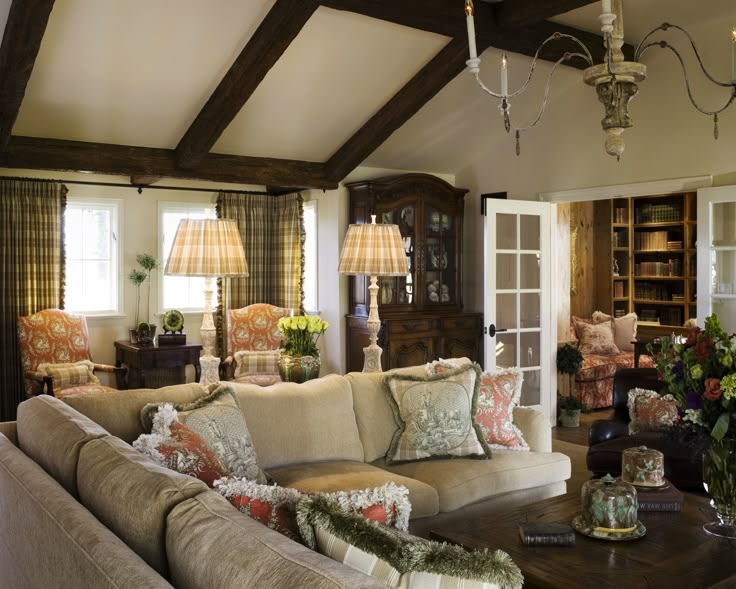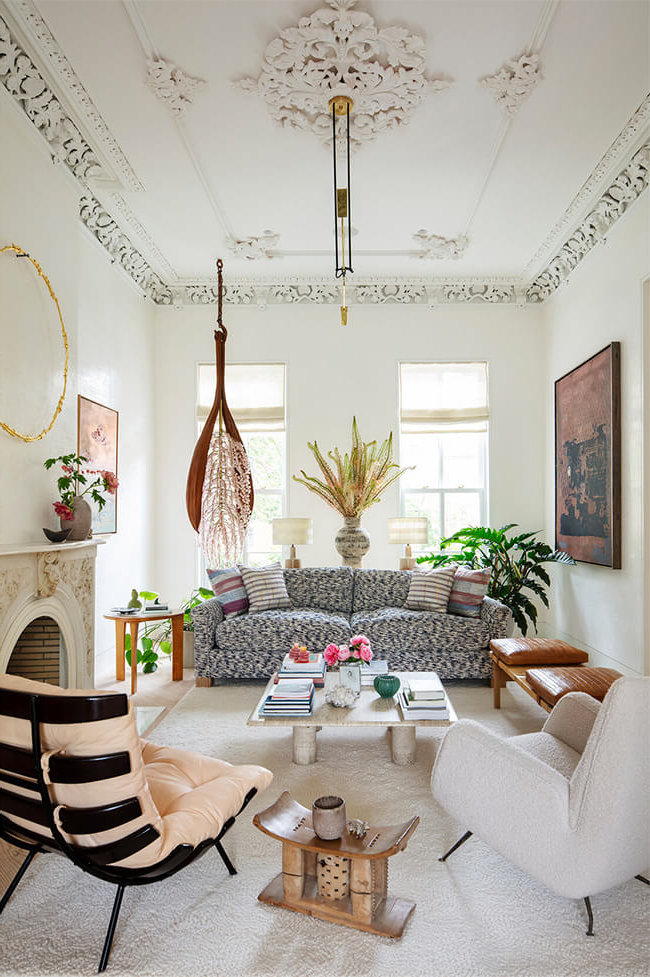Think about how you’ve always seen a living room. Probably a couch facing a TV, maybe a couple of chairs around a coffee table. It’s familiar, right? But what if we told you there are dozens of ways to rearrange your space that could completely change how you live and interact with your home? We’re talking about creative seating arrangements that break the mold, spark conversation, and make your living room truly yours.
The living room has always been the heart of the home, but too often it feels like a template that everyone follows. You know the drill: sofa, armchairs, coffee table, maybe a loveseat. It’s comfortable, yes, but sometimes it can feel a bit… predictable. What if your living room could do more than just provide seating? What if it could encourage connection, creativity, and conversation? That’s exactly what modern design thinking is all about. Today, we’re diving into some fresh approaches to living room layouts that might just transform your space and your daily routine. These aren’t just about looking different – they’re about creating better experiences for everyone who spends time in your home.
The Great Reimagining: Why Traditional Seating Falls Short
Traditional seating arrangements have their roots in formal entertaining, designed for guests to sit in neat rows and face each other across a central table. But life isn’t always formal, and neither should your living space be. When you place everything in a classic circle or line, you’re actually limiting how people move through the space and connect with one another. Consider this: how many times have you found yourself in a conversation that gets interrupted because someone has to get up to pour a drink? Or how about when the TV is the main focus, and everyone ends up staring at the screen instead of each other? The truth is, most traditional setups were created for a different era, one where the primary purpose was to impress visitors rather than to foster genuine interaction. Modern living rooms need to reflect our actual lifestyles. They need to accommodate casual conversations, spontaneous activities, and the kind of relaxed energy that makes a house feel like a true home. The good news? There are countless ways to break away from the typical setup and create something that works better for how you actually live.
Circular Conversations: Creating Spaces for Connection
One of the most powerful ways to rethink your seating arrangement is to embrace circular or semi-circular layouts. Instead of facing the television, why not arrange your furniture so that everyone can see each other? Picture this: three comfortable chairs positioned in a gentle arc, with a coffee table in the center. Now imagine having a conversation that flows naturally between all participants, with no one feeling left out or forced to turn their body toward the TV. This type of setup encourages participation from everyone, especially those who might otherwise stay quiet in a traditional setup. You can even add elements like a small side table or a plant to create natural conversation starters. The beauty of circular arrangements lies in how they naturally draw people together. It’s not just about physical positioning – it’s about creating an environment where sharing thoughts and ideas becomes effortless. Many people find that once they try this approach, they spend more time actually talking with family members and friends rather than passively watching screens. It’s remarkable how such a simple change can make a room feel more inclusive and welcoming.
The L-Shaped Revolution: Maximizing Space and Functionality
If you’re working with a corner or want to make the most of your room’s shape, consider an L-shaped seating arrangement. This setup uses the natural angle of a wall to create a cozy nook while still allowing for easy movement around the space. Picture a large sofa against one wall with a matching armchair positioned perpendicular to it. You now have a natural conversation area that doesn’t require anyone to turn their back on others. The L-shape also creates distinct zones within your living room, helping to separate areas for different activities. Want to have a quiet reading corner? Position a comfortable chair and small table in one section. Need space for games or crafts? The open area of the L can easily accommodate that too. This type of layout works particularly well in homes where space is limited, as it makes efficient use of corners and angles. Plus, it gives you flexibility in how you arrange your furniture over time. You can experiment with different combinations of sofas, chairs, and accent pieces to keep things feeling fresh and exciting. The key is to choose pieces that work together in scale and style, ensuring the whole arrangement feels cohesive rather than haphazard.
The Floating Furniture Movement: Breaking Free from Walls
What happens when you take the traditional approach and flip it upside down? That’s right – instead of placing your furniture against walls, try floating it in the middle of the room. This technique can completely transform the feel of your living space, making it appear larger and more dynamic. Imagine placing a large sectional sofa in the center of the room, surrounded by smaller chairs or stools. You might even position a coffee table directly in front of the sofa, creating a focal point that draws people in. This approach works especially well in rooms with high ceilings or when you want to make a bold statement about your personal style. Floating furniture can also make it easier to rearrange your space as your needs change. One day you might want to host a small gathering, and another day you might prefer a quiet space for reading. With floating arrangements, you can easily adjust the layout to suit different moods and activities. Of course, this method requires a bit more thought about traffic flow and safety, but the results can be incredibly rewarding for those willing to take the risk.
Multi-Functional Zones: Making Every Square Foot Count
Modern living rooms need to do more than just provide seating – they need to serve multiple purposes throughout the day. Think about how you actually use your space. Do you watch movies? Read books? Host dinner parties? Work from home? By creating distinct zones within your room, you can maximize both function and aesthetics. For example, you might create a reading nook in one corner with a comfortable chair and good lighting, while another area could serve as a gaming station with a small table and extra seating. The key is to use furniture and decor strategically to define these different areas without making them feel cramped or disconnected. You could use rugs to delineate spaces, or create visual barriers using bookshelves, plants, or even tall decorative pieces. This approach allows you to maintain the flexibility to change your room’s function based on the day’s needs. It’s about creating a living space that adapts to you rather than forcing you to adapt to its limitations. When you think about it, this is exactly what makes a great home – one that grows with your lifestyle and changes with your mood.
Natural Elements and Unconventional Materials: Adding Personality
The most memorable living rooms often combine practicality with personality. That means incorporating unexpected materials and natural elements that speak to your individual style. Instead of standard wooden coffee tables, consider one made from reclaimed metal or a piece that looks like it belongs in a garden. Try mixing textures by combining soft fabrics with rougher materials like stone or wood. A living room with a natural stone fireplace might pair beautifully with a woven rug and a vintage chair upholstered in rich fabric. These choices create visual interest and give your space character that goes beyond what you’d find in a typical furniture store. Natural elements also tend to make rooms feel more grounded and connected to the outside world. Think about how plants can soften harsh lines, how natural light can change the entire mood of a room, and how organic shapes can create a sense of calm. When you blend unconventional materials with classic seating arrangements, you end up with something that’s both unique and inviting. It’s about making a statement while still maintaining comfort and functionality.
Rethinking your living room seating doesn’t mean abandoning comfort entirely – it means redefining what comfort can look like. When you step away from traditional arrangements, you’re essentially designing a space that reflects your true lifestyle rather than someone else’s idea of what a living room should be. Whether you choose circular conversations, floating furniture, or multi-functional zones, the goal remains the same: create a space where people want to be. These new approaches can transform not just how your room looks, but how it feels to live in it. The best part? You don’t have to make dramatic changes overnight. Start small – perhaps try moving your existing furniture into a new pattern, or adding one unconventional piece to your current setup. You might be surprised at how quickly a few thoughtful adjustments can breathe new life into your space. Remember, your living room should be a reflection of you, not a template from a magazine. It’s time to stop following the rules and start creating your own.















